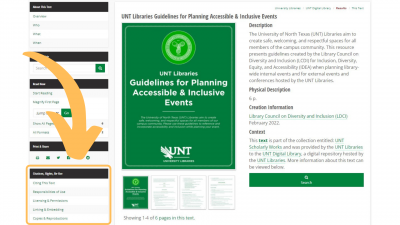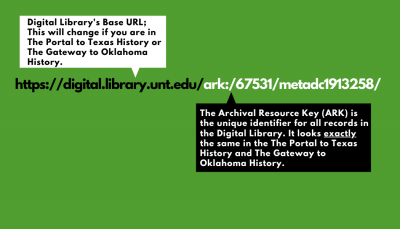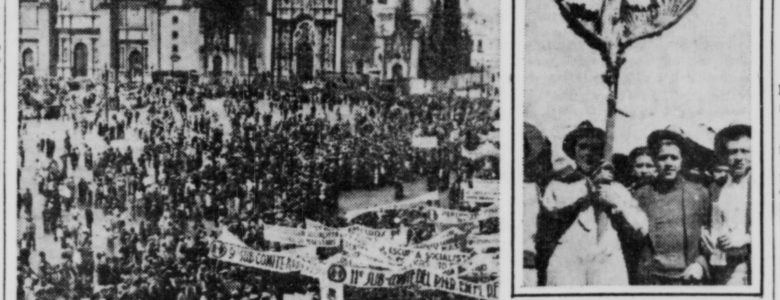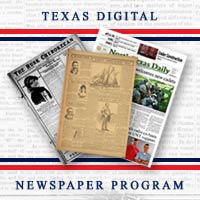Texas Digital Newspaper Program
Did you know you can browse the Texas Digital Newspaper Program collection by Location? To do this, you can visit the TDNP Collection Page and click on “Locations” in the left-hand navigation column.
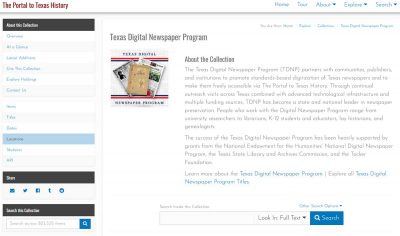
When you visit the “Locations” link, you’ll see a map of Texas counties, with a list of the county names on the right. Using this feature is a great way to narrow the number of newspapers you’re browsing to one specific geographic location. Also useful: If you know you’re looking for information from one specific city and we don’t have the newspaper title from that city, but we DO have other newspapers from the same county, you can narrow your result set to that county to see if there’s information about your topic in neighboring area titles that we do have available on the Portal!
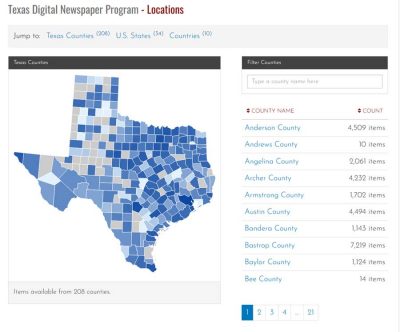
One last hint: Since all the newspapers in TDNP are fully text-searchable, even if you can’t find your search term in other papers from the same county, you can try all newspapers throughout the state because you never know when a different title from another county republished something about your great-great-aunt!
UNT Scholarly Works
UNT Scholarly Works is actually one among a family of collections in the UNT Digital Library. In addition to UNT Scholarly Works, we maintain UNT Theses and Dissertations, which is one of our largest and most popular collections; UNT Graduate Student Works, which houses things that fall outside of traditional theses and dissertations that have been accepted by a professional organization or approved by a faculty member; UNT Undergraduate Student Works, which is for our undergrads to highlight their work that has been accepted by a professional organization or approved by a faculty member; the UNT Data Repository, which houses research data and is usually linked to work in UNT Scholarly Works; and UNT Funded Research Projects, which hosts data management plans for grants awarded to researchers that require public access to research/data outputs of the grant.
You can search these collections individually or search the whole UNT Digital Library.
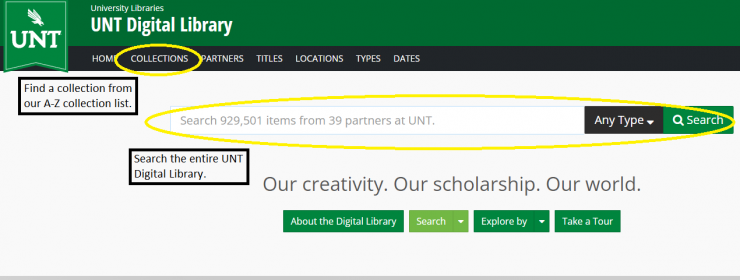
Whitney Johnson-Freeman, the UNT Libraries’ Repository Librarian for Scholarly Works, is the author of the Scholarly Works Quick Tips. If you ever have questions or need assistance, feel free to reach out to her via email: whitney.freeman@unt.edu.
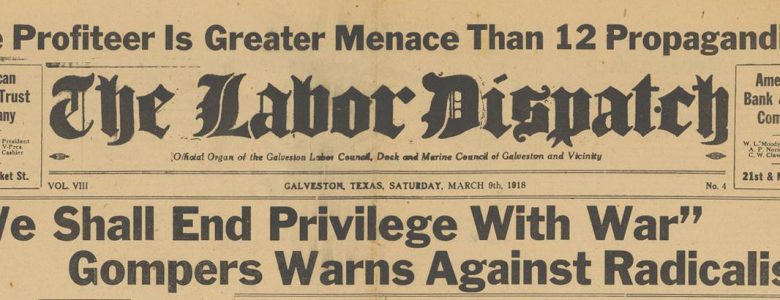
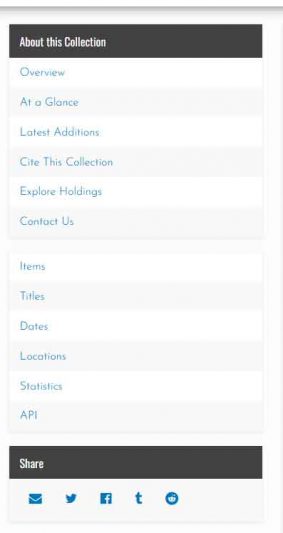 Did you know you can browse the Texas Digital Newspaper Collection (and any collection on
Did you know you can browse the Texas Digital Newspaper Collection (and any collection on 